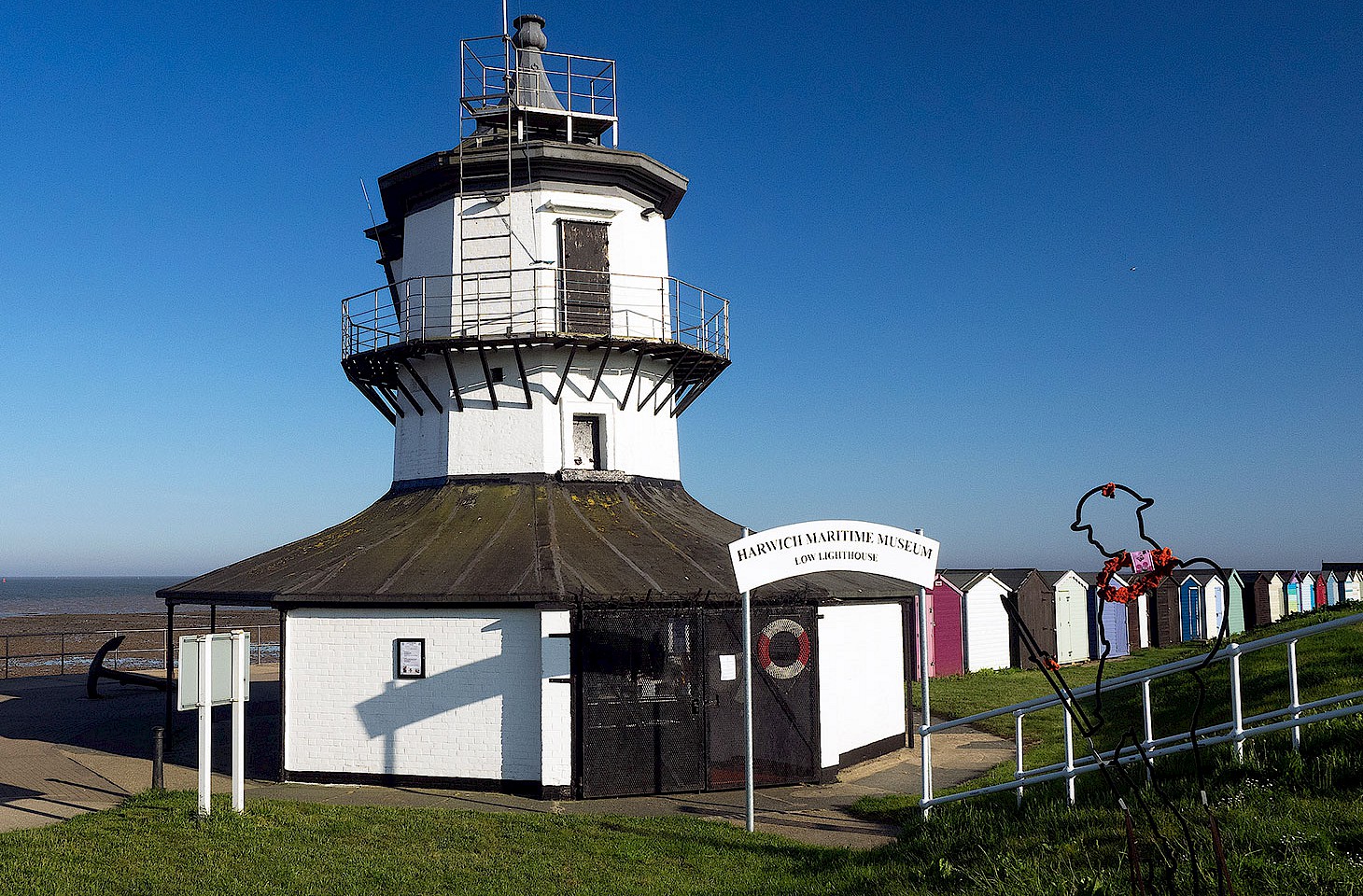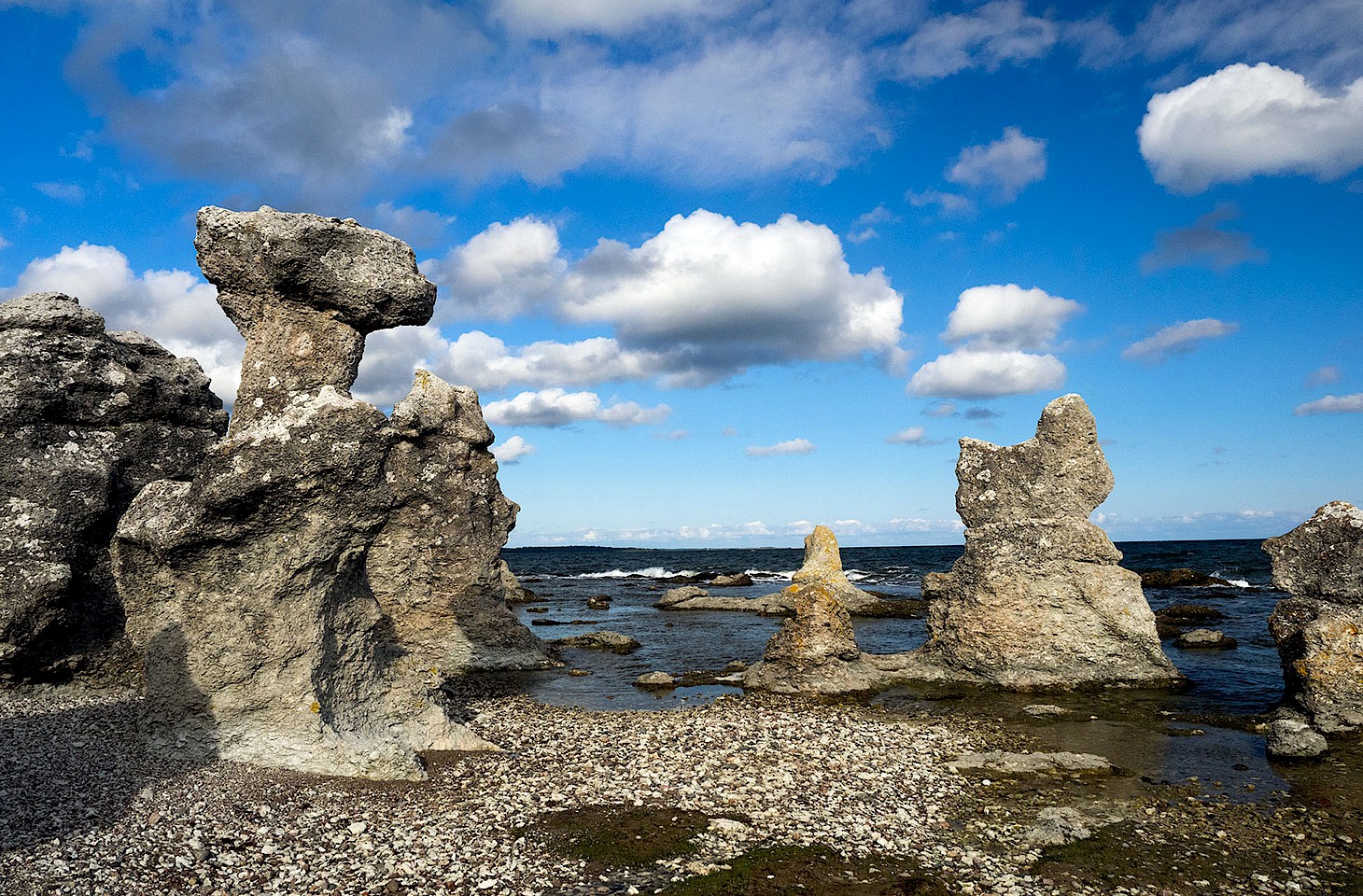In the pre-dawn shadows, the quiet rustle of a man lighting a fire barely disrupts the stillness. Shuffling a pile of branches from the local Garnacha bush vines, 31-year-old Jesse Robinson kneels to the ground and strikes a match that briefly casts a warm glow across his face, illuminating his breath in the chill air. Behind him is a low wooden table and a tractor, both barely distinguishable in the dark. It is a moment that feels profound; a dell of thoughtful tranquillity before the day erupts into a kaleidoscope of activity.
Today is el día de la matanza — the day of the matanza (from the Spanish word for ‘slaughter’ or ‘killing’). No other day in the calendar produces so heady a mix of sights, sounds, smells and sacrifice. The victim is a pig, and the matanza is a traditional Spanish pig slaughter which is rooted in ideals of sustainability, community and survival. It is as good a reason as any to gather, work and celebrate. We are in Secastilla, a community of about a hundred people in the province of Huesca on the Spanish side of the Pyrenees. As custom has it, the three days to come will be spent processing every last part of the pig into sausages, pâtés, chops and all matter of savory comestibles.
“We don’t exactly know when the matanza began, but it must coincide with the development of livestock and domesticated animals in prehistoric times,” says Jose Miguel Pesqué Lecina, Spanish historian and archeologist who serves as the Head of Culture for the government of Huesca.
“But the process as we know it today surely came about much later,” explains Jose Miguel. “Some historians place its inception in the Middle Ages with the Celtic pagan holiday of Samhain, which later became Christianized as the feast of St. Martin.”
Jose Miguel, a native of Secastilla who has participated in over fifty matanzas, continues: “The time to store food was before the start of winter. Animals were slaughtered at the beginning of the cold season in order to give the meat the proper time and environment to cure. So, in many European cultures, the autumn was associated with the killing of animals; of course, that meant many large meals and for most communities it was a chance to taste the first wine of the new season.”
It’s a mark of how things have changed that ritual animal slaughters in Secastilla, in common with similar events in other parts of Europe, are no longer confined to the autumn. The advent of refrigeration has freed rural communities from the calendrical constraints of yesteryear. No longer is the killing of the fatted calf or swine reserved for Samhain (on 31 October) or the feast of St. Martin (on 11 November).




